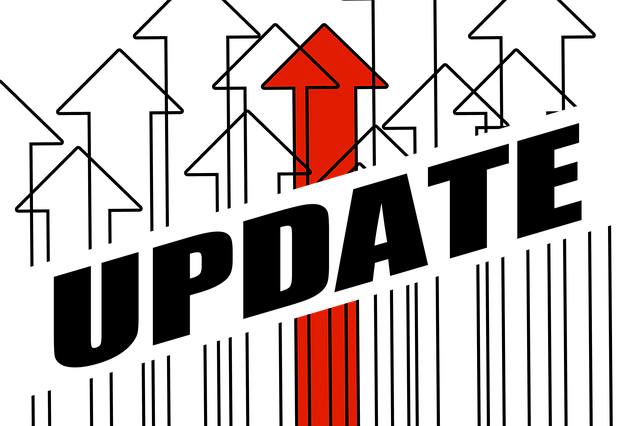Written by: Andrey Grishin, MD, Globiox Consultant
With the recognition by the US Food and Drug Administration (FDA) of last country-member Slovakia just a few weeks ago, the European Union and the United States have now fully implemented the Mutual Recognition Agreement (MRA) for inspections of manufacturing sites for certain human medicines in their respective countries and territories.
The transition phase for human medicines covered by the agreement ended on 11 July 2019. As of 11 July 2019, qualified persons in the EU Member States do not need to test human medicines covered by the MRA, provided that they have verified that these controls have been carried out in the United States for products manufactured in and imported from the United States.
Each year, EU national authorities (EMA- European Medicines Agency) and the FDA inspect many production sites of medicinal products in the EU and the US, to ensure that these manufacturing sites operate in compliance with good manufacturing practices (GMP). Under the Mutual Recognition Agreement, EU and US regulators will now rely on each other’s inspections for human medicines in their own territories and will be able to avoid duplicative inspections.
The Mutual Recognition Agreement is a clear indication for both countries that the EU and the US have comparable procedures to carry out GMP inspections. Since May 2014, EMA and the FDA have been auditing and assessing the respective supervisory systems. With the positive assessment of the whole European Union, Mutual Recognition process has now concluded for GMP inspections covering the human medicines section.
In addition, the Spring 2018 announcement by the FDA that it will use ISO 13485:2016 in replacing its current quality system regulation, is an important next step in the recognition of this globally accepted quality standard.
Although similarities exist between FDA Quality System Regulations (QSR) 21 CFR 820 and ISO 13485:2016 requirements, US medical device market applicants must ensure compliance specifically to 21 CFR Part 820 in order to register their devices for sale, regardless of whether they have already obtained ISO 13485 certification.
Foreign Medical Device manufacturers already compliant to ISO 13485:2016 would benefit from easier US market access without having to implement FDA QSR (processes. Companies that currently maintain compliance to 21 CFR Part 820 but not ISO 13485:2016, however, would have to begin transition projects if and when US regulators switch to the ISO QMS framework.
The proposed switch to ISO 13485, coupled with FDA’s involvement in the Medical Device Single Audit Program (MDSAP) for mutual acceptance of QMS audit reports by five participating market regulators (Australia, Brazil, Canada, USA, and EU), indicate stepped-up efforts by FDA to facilitate more streamlined and globally oriented Medical Device registration requirements:
But don’t panic though. There may be many differences between ISO 13485:2003 ISO 13485:2012 versions and the ISO 13485:2016—including an increased focus on risk management, supplier controls, and customer feedback mechanisms–that may seem challenging, but GLOBIOX will be able to help your business to implement required changes in the following steps:
• Gap Analysis Audit – GLOBIOX will evaluate your management system to determine your current level of compliance with ISO 13485:2016. If you already have ISO 13485 certification, you are probably 80% or more compliant with the new requirements. However, it’s important to know where you stand. The Gap Analysis will help GLOBIOX to develop a list of action items you should adopt to be compliant with a new standard, also known as a Quality Plan.
• Quality plan – is a documented list of tasks your organization must accomplish to comply with ISO 13485:2016.
In addition, there is a special emphasis on quality planning in the new ISO 13485:2016 standard. GLOBIOX will help you to develop a detailed, comprehensive ISO 13485:2016-compliant Quality Plan tailored to your company needs.

